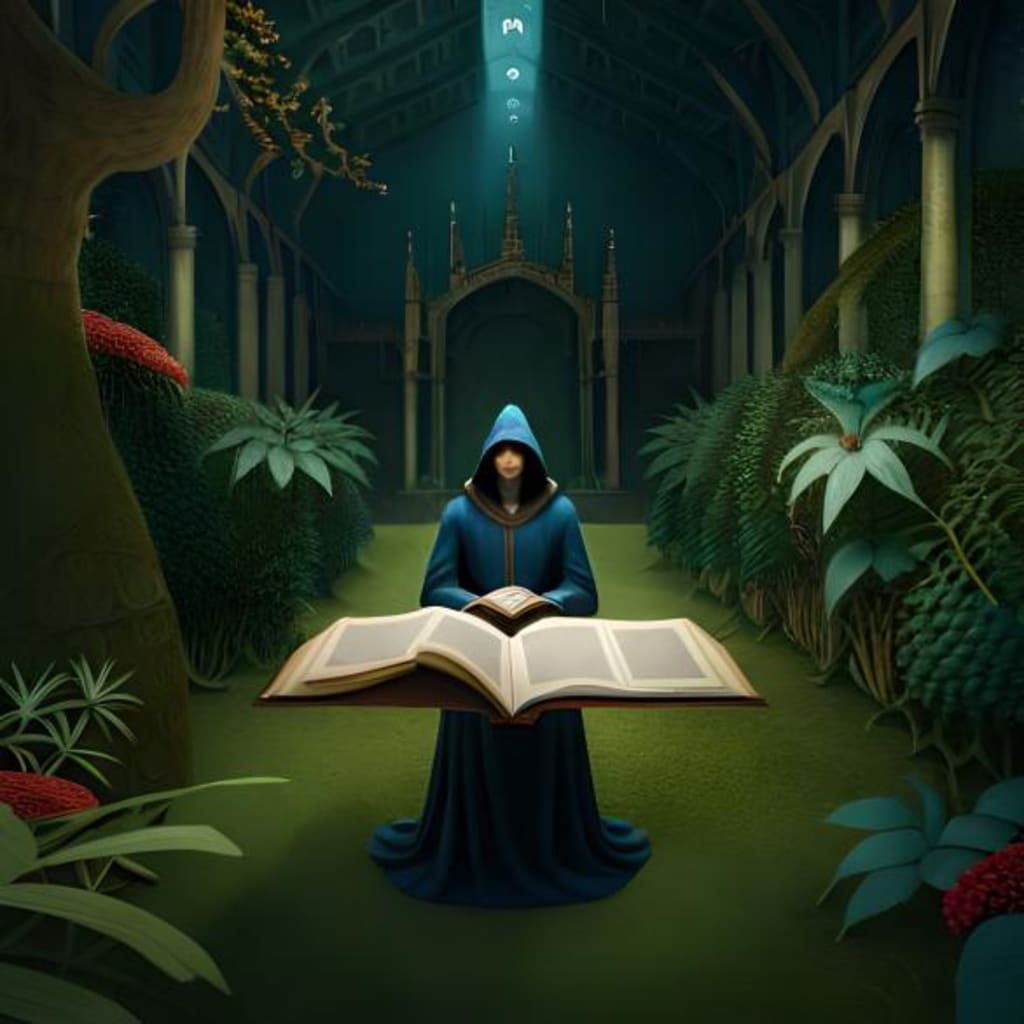Unraveling the Mystery of the Voynich Manuscript
The Untranslatable Text

The Voynich Manuscript is one of the most mysterious texts ever discovered. For centuries, experts and amateur cryptographers alike have tried to decipher its meaning and purpose, but to no avail. The manuscript is written in an unknown script, and it contains illustrations of plants, astronomical diagrams, and human figures, all of which are equally puzzling. In this article, we will delve into the history of the Voynich Manuscript and explore the various theories surrounding its origin and meaning.
The History of the Voynich Manuscript
Discovery
The Voynich Manuscript was discovered by Wilfrid M. Voynich, a Polish book dealer, in 1912. Voynich purchased the manuscript from the Jesuit College at Frascati, Italy, where it had been stored for several centuries. The manuscript's origins are unknown, but some experts believe that it may have been written in Northern Italy during the 15th or 16th century.
Ownership
After acquiring the manuscript, Voynich attempted to decipher its contents, but he was unsuccessful. He later sold the manuscript to the University of Yale in 1969, where it is currently housed in the Beinecke Rare Book and Manuscript Library.
Description
The Voynich Manuscript is a small book, measuring only 23.5 x 16.2 cm. It contains 240 pages, and each page is filled with writing and illustrations. The manuscript is written in an unknown script, which has never been deciphered. The illustrations are equally enigmatic, featuring depictions of plants that do not correspond to any known species, astronomical diagrams that do not match any known system, and human figures engaged in various activities that are difficult to interpret.
Theories Surrounding the Voynich Manuscript
The Herbal Theory
One of the most common theories about the Voynich Manuscript is that it is a herbal manuscript. This theory is based on the illustrations of plants that appear throughout the manuscript. However, the plants depicted in the manuscript do not correspond to any known species, and the descriptions of the plants are written in an unknown script, making it impossible to determine their medicinal properties or uses.
The Astrological Theory
Another theory about the Voynich Manuscript is that it is an astrological manuscript. This theory is based on the presence of astronomical diagrams and celestial bodies in the manuscript. However, the diagrams do not match any known astronomical system, and the celestial bodies are depicted in unusual ways, making it difficult to determine their significance.
The Cipher Theory
The most popular theory about the Voynich Manuscript is that it is a coded text. This theory is based on the fact that the manuscript is written in an unknown script, which suggests that it was intended to be secret or encrypted. However, despite decades of attempts to decipher the script, no one has been able to crack the code.
Attempts to Decipher the Voynich Manuscript
Over the years, many experts and amateur cryptographers have attempted to decipher the Voynich Manuscript, but all have failed. Some of the most notable attempts include:
William R. Newbold
In 1921, William R. Newbold, a professor of philosophy at the University of Pennsylvania, claimed to have deciphered the manuscript. Newbold claimed that the text was written in a complex cipher, which could only be decoded using a microscope and a knowledge of ancient Greek. However, Newbold's theories were later debunked, and his decipherment was revealed to be a hoax.
Elizebeth Smith Friedman
During World War II, Elizebeth Smith Friedman, a code During World War II, Elizebeth Smith Friedman, a codebreaker for the US government, attempted to decipher the Voynich Manuscript. Friedman believed that the manuscript was written in a form of shorthand, and she spent several years analyzing the text. However, her efforts were unsuccessful, and she ultimately concluded that the manuscript was likely a hoax.
Modern Attempts
In recent years, several computer scientists and linguists have attempted to decipher the Voynich Manuscript using various machine learning techniques. While some of these attempts have yielded interesting results, none have been able to fully decode the manuscript.
Conclusion
The Voynich Manuscript remains one of the greatest mysteries of the literary world. Despite centuries of study and analysis, the manuscript's origin, purpose, and meaning remain unknown. While many theories have been proposed, none have been able to fully explain the enigmatic text. As such, the Voynich Manuscript will likely continue to baffle scholars and amateur cryptographers for years to come.
FAQs
Who wrote the Voynich Manuscript?
The author of the Voynich Manuscript is unknown.
When was the Voynich Manuscript written?
The Voynich Manuscript is believed to have been written in the 15th or 16th century.
What language is the Voynich Manuscript written in?
The Voynich Manuscript is written in an unknown script, which has never been deciphered.
What is the Voynich Manuscript about?
The contents of the Voynich Manuscript are unknown, although it contains illustrations of plants, astronomical diagrams, and human figures.
Where is the Voynich Manuscript located?
The Voynich Manuscript is currently housed in the Beinecke Rare Book and Manuscript Library at Yale University.
About the Creator
Enjoyed the story? Support the Creator.
Subscribe for free to receive all their stories in your feed. You could also pledge your support or give them a one-off tip, letting them know you appreciate their work.






Comments
There are no comments for this story
Be the first to respond and start the conversation.